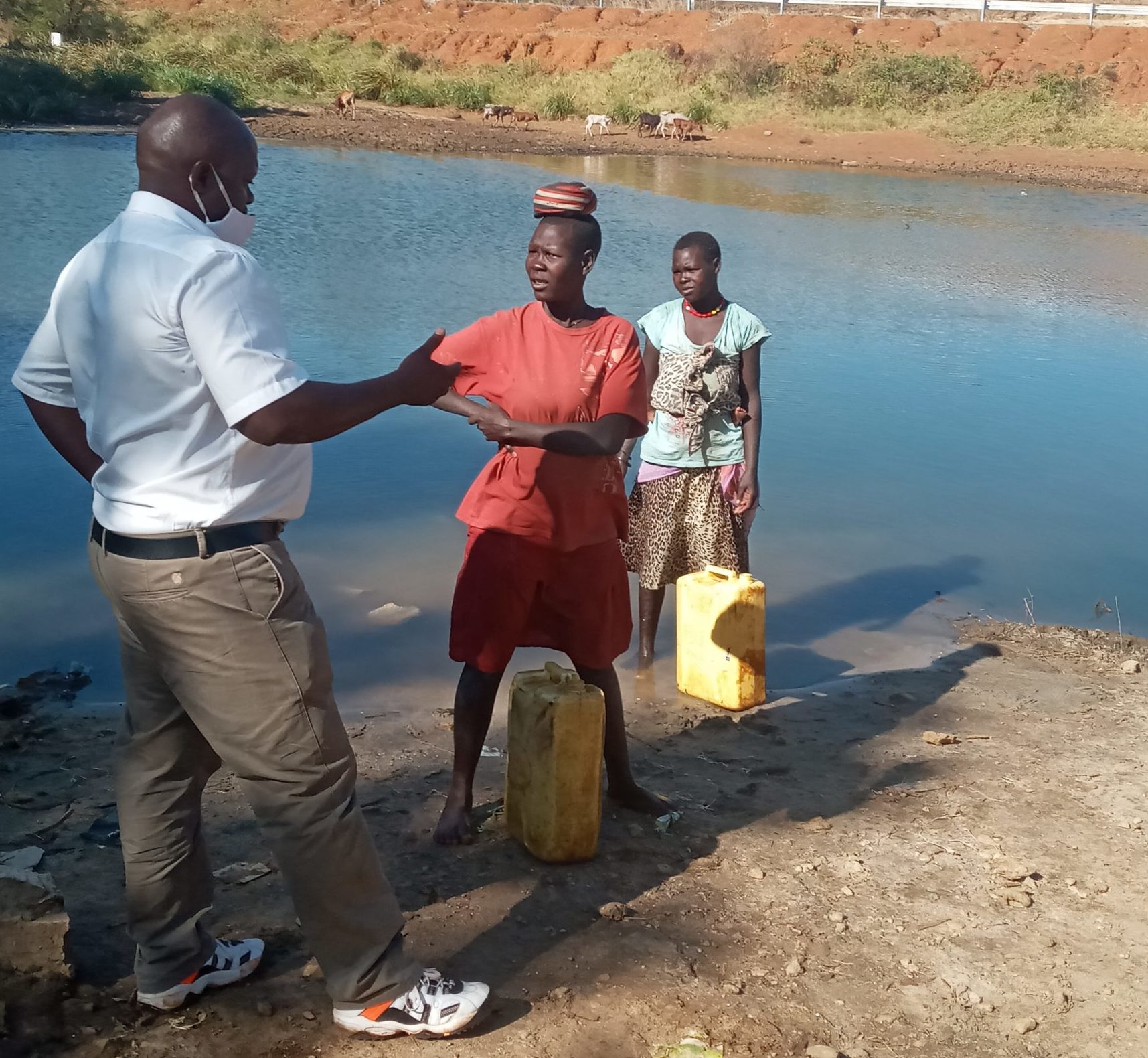The shores and islands of Lake Victoria are home to tens of millions of people, among which many make a living or source their food from the giant body of water.
But while the lake is the largest on the continent, the people residing on it lack access to safe, potable water, which has long been affecting their health.
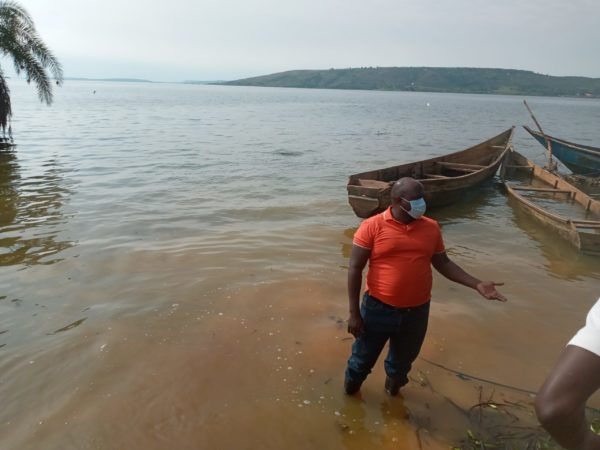
“There is so much water, but people don’t have safe water,” says Narcis Bujune Kabatereine, the Country Lead for Ascend Lot 1 in Uganda. “People depend on the lake, but it’s not safe. We need water engineers and other expert teams to get safe water out of the lake.”
There are many factors affecting the quality of the water and, in turn, the health of the communities living here.
“Open defecation is common in the lake as latrine coverage is low and hygiene practices can be improved among communities,” explains Narcis.
Over the years, this has led to high levels of infections such as schistosomiasis in the region, with levels thought to be as high as 96 percent among the lake’s island communities.
Schistosomiasis, also known as bilharzia, is a parasitic infection caused by blood flukes called Schistosoma. People become infected when they come into contact with contaminated water, as larval (young) forms of the parasite found in the water penetrate the skin. The worms become adults inside the body and female worms then lay eggs which can be passed out of the body in faeces – which is why open defecation helps infections to spread.
“People need to know not to go to the water and to wear protective gear, but also to protect their water bodies by using latrines and hygiene practices,” explains Narcis, adding that Ministry of Water engineers also need to prioritise the provision of safe water.
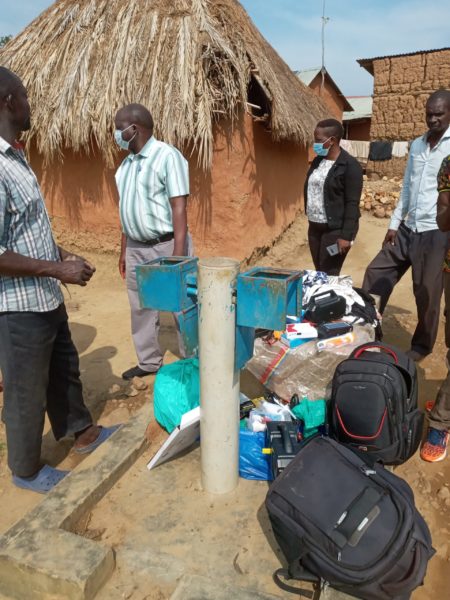
“At the end of the day each person should do their job,” he says – and this is where the UK-Aid funded Ascend (Accelerating the Sustainable Control and Elimination of Neglected Tropical Diseases) is helping to facilitate the collaboration.
The programme is helping to bring together teams from the government’s Ministry of Health, Water and Environment, Education and more by supporting them in integrating their efforts to tackle a mutual priority – the Health, Schooling and environment of communities like those residing on the lakes.
Communities like these make up one of many hotspots in need of resources across the country.
Finding hotspots using a matrix
In order the identify the areas in greatest need of integrated services, Uganda’s Ministry of Health led efforts to collect a wide range of data from regions with a high prevalence of neglected tropical diseases (NTDs) such schistosomiasis and trachoma, an eye condition caused by infection with Chlamydia trachomatis that can lead to blindness.
Trachoma is spread through person to person contact as well as flies that come into contact with the eyes or nose of infected people. Adequate hand and face washing is one way to prevent its spread.
Through multiple regional workshops that brought the WASH and NTD sectors together with NGOs and others working in this area, the ministry of Health collected and collated data on both NTD and water, sanitation and hygiene (WASH) indicators across 78 districts endemic for NTDs. For example, information on latrine coverage, hand washing, usage of safe water, face washing and schools access was gathered and then compared against maps of NTD prevalence in the country.
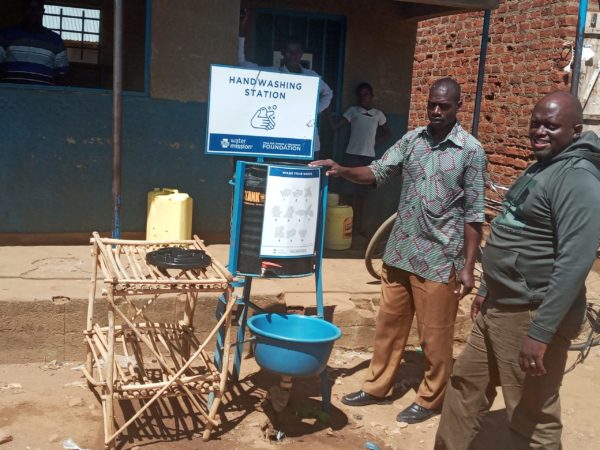
“We looked at where NTDs were high and saw if poor sanitation also overlapped,” says Prudence Bainamaryo, social behavioural change communication focal point for vector-borne and neglected tropical diseases at the Ministry of Health. “This then helped identify where a lack of WASH resources may be responsible for disease levels.”
Many hotspots were identified around water bodies, such as Lake Victoria, Lake Albert and the Nile, but also agricultural regions with paddy fields in need of better irrigation (where people are outside a lot without access to latrines) and nomadic areas like Karamoja where water sources and latrines are scarce, resulting in high rates of trachoma.
Using data for decision-making
The identification of hotspots has already led to action. Following the creation of the matrix map, joint field visits were conducted by the ministries of health, education and sports, and water and environment to the most NTD affected, and water stressed areas of the country, including the islands of Lake Victoria.
“During these visits the water engineers provided on the spot technical advice to the community as well as the district’s water officers,” says Gilbert Baayendag, NTD focal person within the ministry of health.
“Health officials also administered mass drug administration to Island populations and the education teams consulted with their district counterparts on adopting appropriate technology and desired WASH behavior,” he adds. “This is a perfect example for using data for decision making.”
‘We cannot work alone’
Prudence explains that while it has been known for some time that these regions are prevalent for NTDs and that many lack adequate WASH facilities, the workshops, data collection and resulting hotspot mapping has ignited the need for better integration of services.
“We cannot work alone,” she said. “There are areas we cannot eliminate these diseases without improvements to water services.”
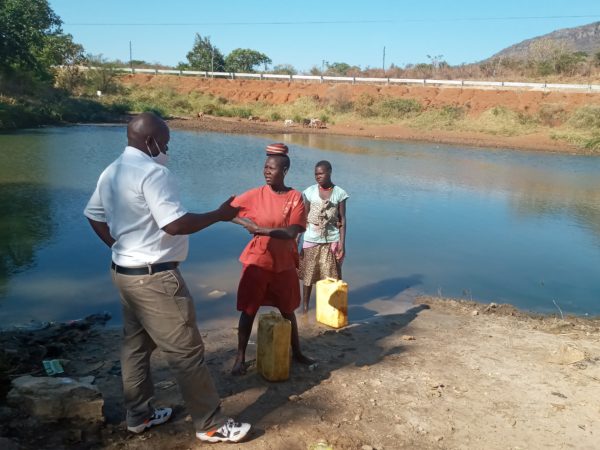
This collaboration and coordination of efforts from all angles is where Ascend has helped us, says Prudence. The cross-department teams are now working together to implement a national framework around WASH/NTDs, which includes producing advocacy tools and educational materials on face and hand washing and avoiding open defaecation to share with communities living in hotspots. It also involves prioritising the creation of safe water sources and greater latrine access.
“These things were always known — hotspots and poor latrines coverage and lack of safe water — but we had no funds to work together and plan together and advocate each other, which Ascend has enabled” says Prudence.
This coordination within the ministry is needed to help us to sustain, and have guidelines to use and to work together, she explains. “If we work together, plan together and get guidelines together, we can carry on once Ascend is over.”
The UKAid funded Ascend Lot 1 programme is managed by a consortium of Crown Agents, Oriole Global Health, ABT Associates and KIT Tropical Institute
